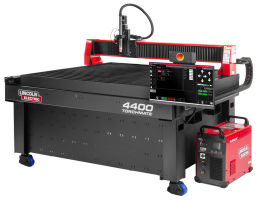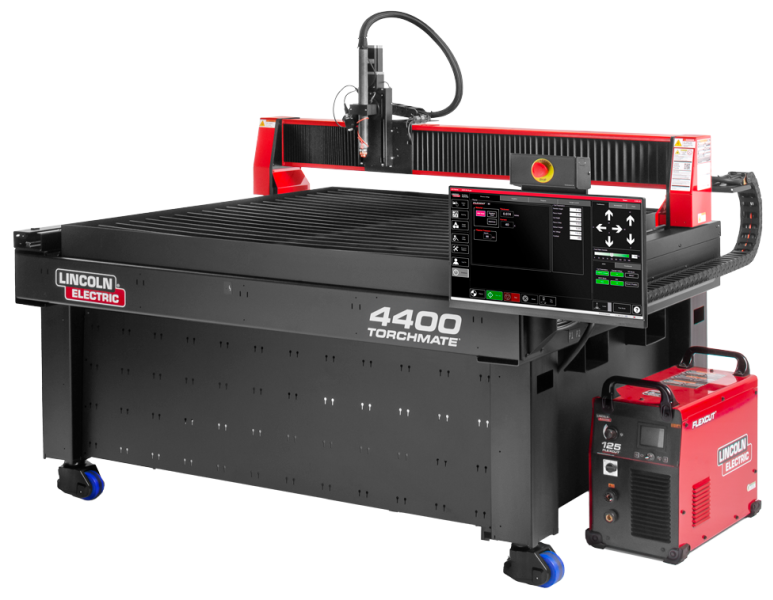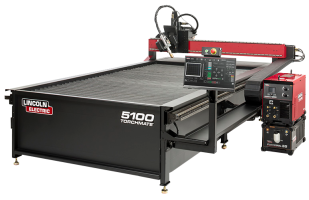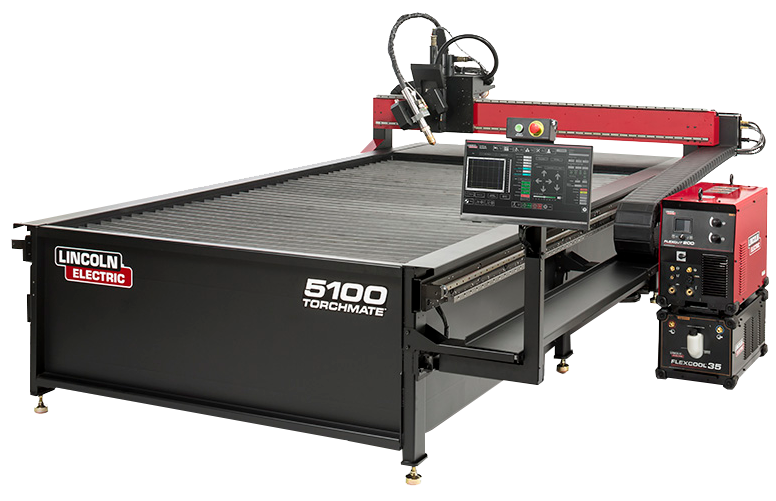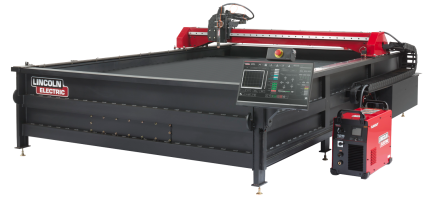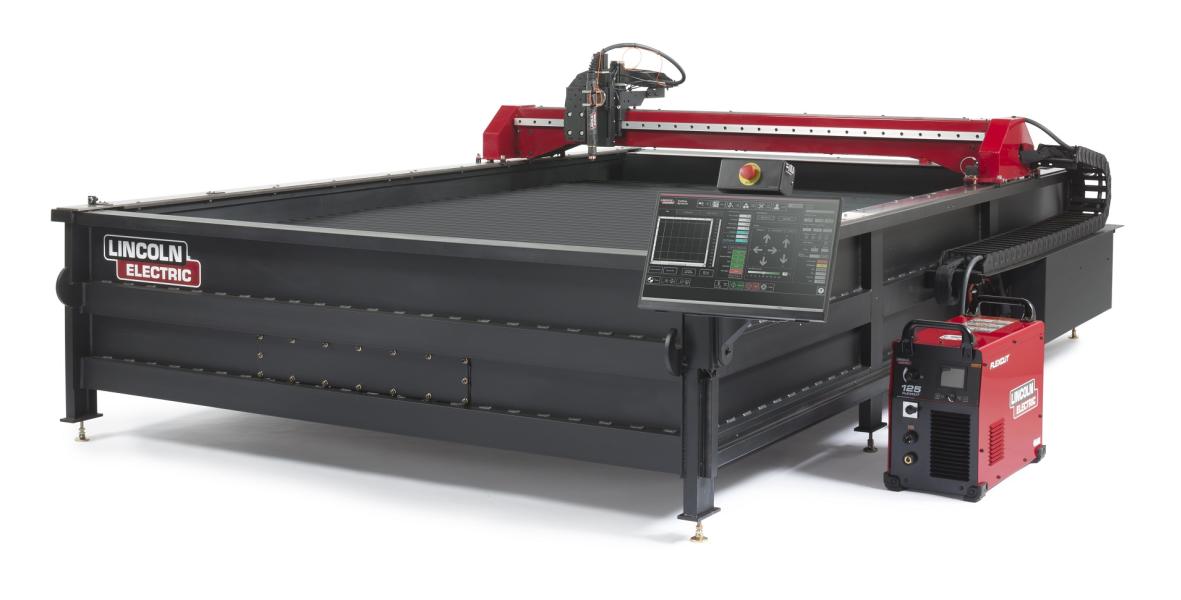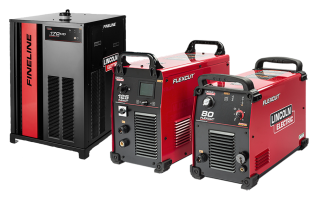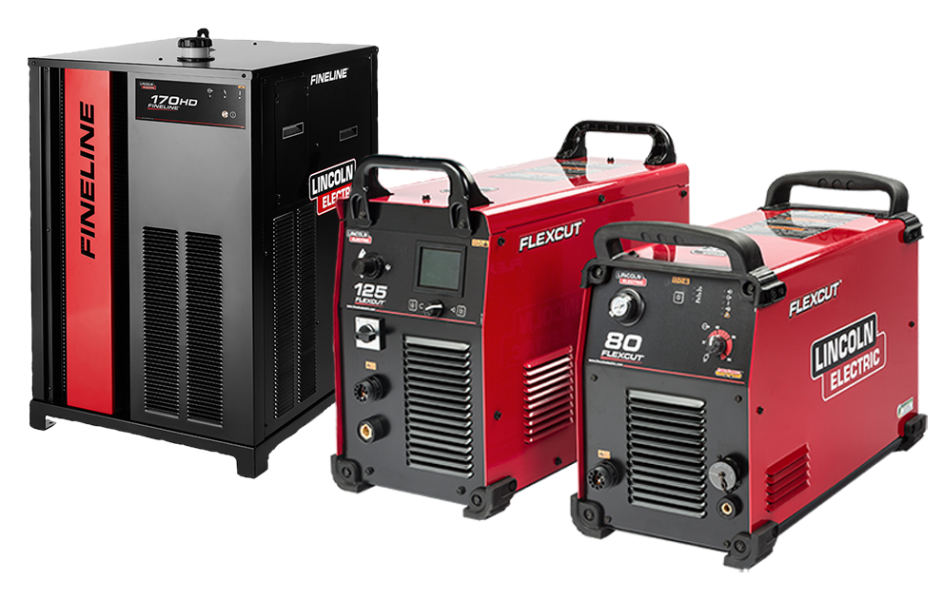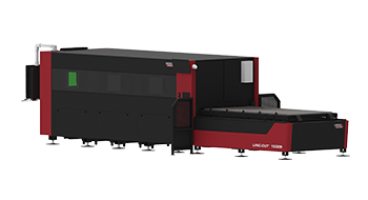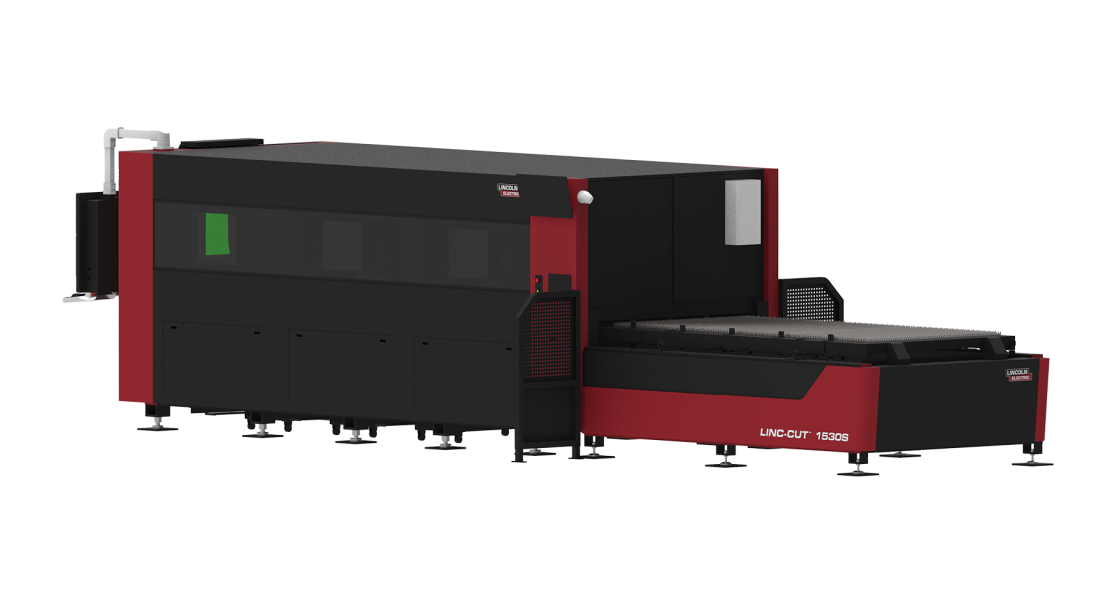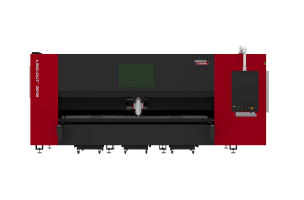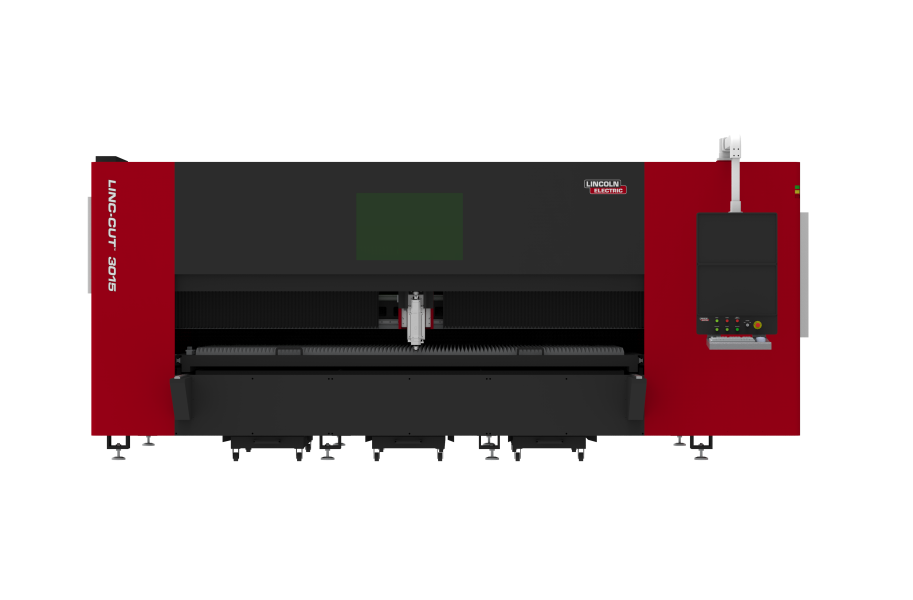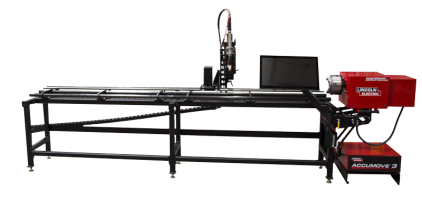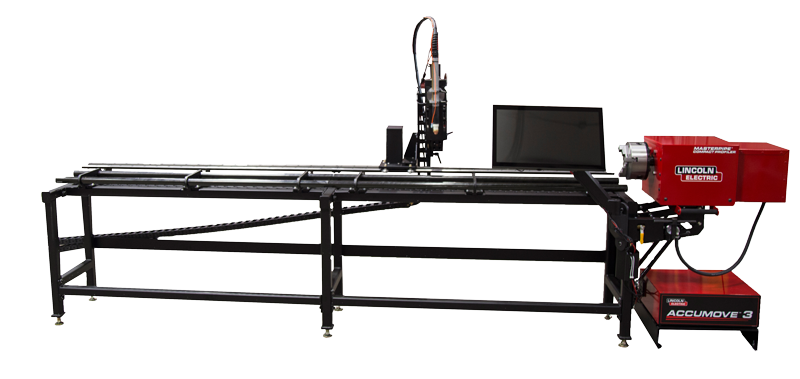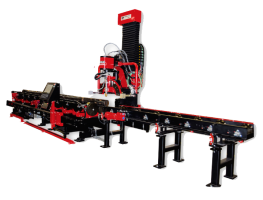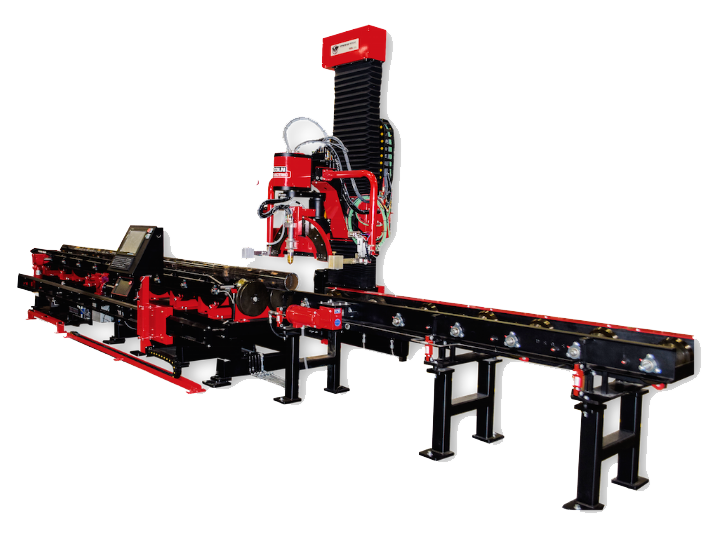Plasma Cutter History
 Photo of a large CNC plasma cutting operation taken in 1980.
Photo of a large CNC plasma cutting operation taken in 1980.
(Courtesy of Welding Design and Fabrication Magazine)
The plasma-arc process had its origin almost 70 years ago, during the height of World War II. In an effort to improve the joining of aircraft materials, a method of welding was developed that used a protective barrier of inert gas around an electric arc to protect the weld from oxidation.
Over the course of the next couple of decades, it was discovered that by restricting the opening through which the inert gas passed, the heat produced by the process was greatly increased. At the same time, the smaller opening caused the flow of gas to speed up dramatically, ultimately blowing out a channel in the work.
The plasma-arc cutting process started seeing commercial use in the first few years of the sixties. It was an extremely expensive process to undertake, and most cutting was performed by large burning services that used their systems continuously to help amortize the equipment.
In the ensuing years, various manufacturers have realized the enormous benefit even small shop owners could derive from being able to burn both ferous and non-ferrous metals. Today, dozens of manufacturers offer portable plasma cutters -- some so light they can be carried with little effort. Units are starting to appear with built-in air compressors that make the whole operation fully mobile.
Most, if not all, of the light portable plasma cutters are 110 volt machines that are suited primarily for cutting sheetmetal and other light work. The next level up are the 220 volt machines with 50 to 80 amp output current. These are portable from the standpoint that one person can put it on a truck and take it to the job.



